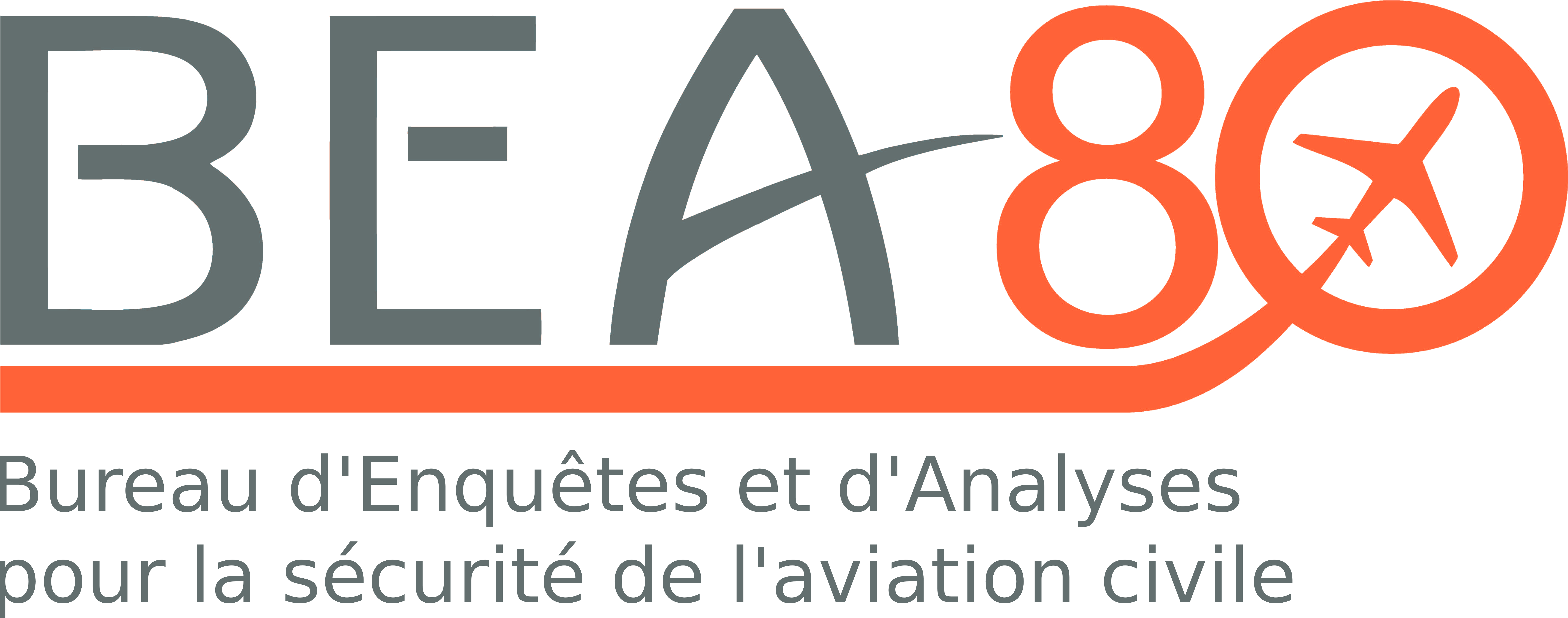Accident to the AS 350 B2 Helicopter registered F-OIEL on 04/08/2010 at Croisée d'Apatou (French Guyana)
Perte de la charge transportée sous élingue, largage du filet, interaction filet / RAC, perte de contrôle, collision avec le sol
SUMMARY
The pilot of the helicopter was transporting a flexible fuel tank with a sling above the Guyana equatorial rain forest. The load was prepared by a ground operator. The flexible tank was placed in a square net whose four corners were equipped with rope buckles. These four buckles were themselves placed in the sling hook, attached to a load release hook located under the helicopter One minute after takeoff, two of the four buckles from the net detached from the hook, which led to the flexible tank
falling out. The loss of the load startled the pilot, leading him to release the net while the helicopter was flying at too high a speed to accomplish this manoeuvre. The load net then made contact with the tail rotor, finally leading to the in-flight loss of control.
The investigation showed that the design and maintenance of the sling was not in compliance with the European Machine Directive, thus making the attachment of the load to the lifting accessory inadequate. . The condition of the sling showed that no maintenance operations had been undertaken on the sling and that wear on its components had not been detected. The investigation also showed that the ground operator’s training did not provide him with any knowledge of the specific nature
of transporting an inert external load with a helicopter. Thus, he apparently did not notice that the load was incorrectly secured.
The BEA addressed two Safety Recommendations to EASA and to DGAC relating to:
- 1. compliance with the European Machine Directive;
- 2. training on transporting inert external loads.
4 - SAFETY RECOMMENDATIONS
Note: in accordance with the provisions of Article 17.3 of Regulation No. 996/2010 of the European
Parliament and of the Council of 20 October 2010 on the investigation and prevention of accidents
and incidents in civil aviation, a safety recommendation in no case creates a presumption of fault or
liability in an accident, serious incident or incident. The recipients of safety recommendations report
to the authority in charge of safety investigations that have issued them, on the measures taken or
being studied for their implementation, as provided for in Article 18 of the aforementioned regulation.
4.1 Compliance with the European Machine Directive
The investigation showed that:
- a part of the applicable regulations in the field of transportation of inert external loads is not known to operators;
- the lifting accessory designed and developed by the operator was not in accordance with the regulations in force;
- the lifting accessory used for the transportation of the inert external load was notadapted to the constraints of aerial work.
Consequently, the BEA recommends that:
- EASA and the DGAC ensure that sling equipment to transport inert external loads be designed and used according to the safety standards defined by the European Directive on machinery (or its transposition into French law in the “Code du Travail”). [Recommendation FRAN-2012-028]
4.2 Training for transporting an inert external load
The investigation showed that there is no specific training that enables the various participants in aerial work, in particular ground personnel, to acquire knowledge and techniques for the preparation of inert external loads intended to be transported by helicopter and to allow them to accomplish their missions safely.
Consequently, the BEA recommends that:
- EASA and the DGAC define a specific training course aimed at the aerial work sector within the framework of the transportation of inert external loads, or ensure that operators define and apply training at an equivalent level. [Recommendation FRAN-2012-029]
